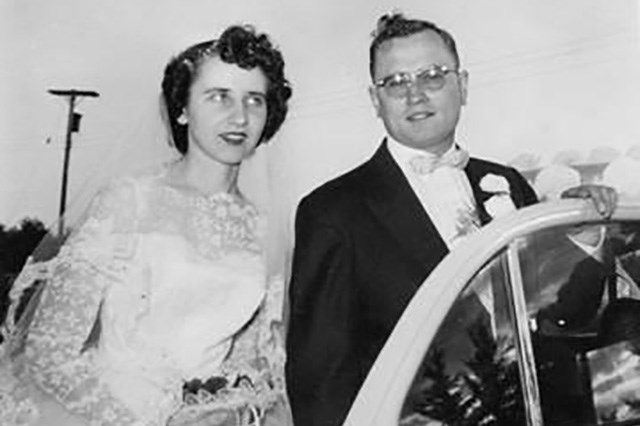By Zanra Gargus-Lind
Submitted to the Lac La Biche Post
LAC LA BICHE — In February of 1957, my mother was planning her wedding in Alberta. Across the world, China was busy identifying what would become the Asian flu pandemic: Influenza A (H2N2) 1957-1958. By June of that year, the Asian flu had spread to the U.S. where it caused about 70,000 deaths.
Mom was still unaware of the flu or even that a vaccine had begun production in May. The media wasn’t what it is today with our TV, Internet and cell phones. Global health officials were increasing surveillance for flu outbreaks, yet that summer my mother continued to blissfully plan her wedding not knowing about the predicted pandemic. It would later be identified in Canada in September of 1957 after spreading across Asia, India, Africa, the Middle East and Europe during the summer months.
The approaching flu made headlines throughout the summer, with the death tolls reported already in the tens of thousands. (sound familiar?)
Sick honeymoon
The virus arrived in the U.S. with a series of small outbreaks the summer of 1957. When children went back to school in the fall, they spread the disease in classrooms and brought it home to their families, from there it continued to spread. That fall, on Sept. 28, 1957, my parents celebrated their wedding, but their honeymoon was not as expected. That night the 23-year-old bride fell ill with the Asian flu although the groom did not.
My mother was very ill for one week and only slightly better the second week. She said that after those two terrible weeks, there was a lingering feeling of being unwell for months.
Members of the bridal party contracted the Asian flu as did some of the wedding guests who went home to pass it to others.
The 1957 pandemic virus was quickly identified, and a vaccine became available in limited supply by August 1957 (half a year after the first outbreak), but it had not reached this bride and groom in time to prevent spread at the wedding. By the end of October, 1957, infection rates were highest among school children, young adults, and pregnant women. Most deaths occurred between September 1957 and March 1958 (seven scary months!). The elderly had the highest rates of death.
By December 1957, three months after the wedding, the worst finally seemed to be over. However, during January and February 1958, there was another wave of illness. This is an example of the potential second wave of infections that can develop during a pandemic. The disease infects one group of people first, infections appear to decrease, and then infections increase in a different part of the population. The second wave that followed in early 1958 (a year after the first outbreak) caused an estimated total of 1.1 million deaths globally.
Today
We can draw a parallel between the location of origin of the Asian flu and COVID-19, and we might also notice that the months of the year and the progression of the spread is similar. The final global death toll of the Asian flu is estimated to be 2 million people. If only they had implemented social distancing.
The vast majority of us will get through this. Some could have lingering effects; some will not make it. The social-distancing guidelines are in place for a reason. COVID-19 is not selective. Each one of us must behave as though we are carrying the virus and follow news updates daily. It astounds me that there are still those who are interpreting the guidelines to suit themselves. This is not the time to be irresponsible.
Will you be a part of the problem or a part of the solution?
Editor's Note: To create this slice of her family's history, Zanra infused her mom's conversations and memories with historic reference material about the Asian flu.
Sources:
https://www.medicinenet.com/script/main/art.asp?articlekey=26428
https://www.globalsecurity.org/security/ops/hsc-scen-3_pandemic-1957.htm
https://www.cbc.ca/archives/entry/the-asian-flu-arrives-in-canada
https://www.history.com/topics/middle-ages/pandemics-timeline
Ellen Boyko-Gargus, March 21, 2020, Alberta, Canada.



